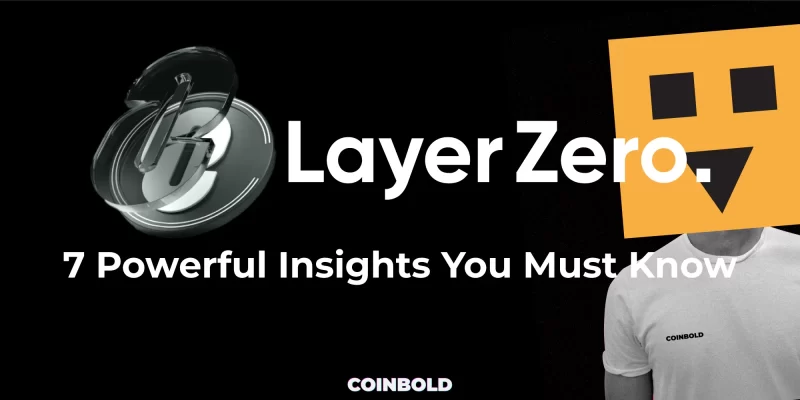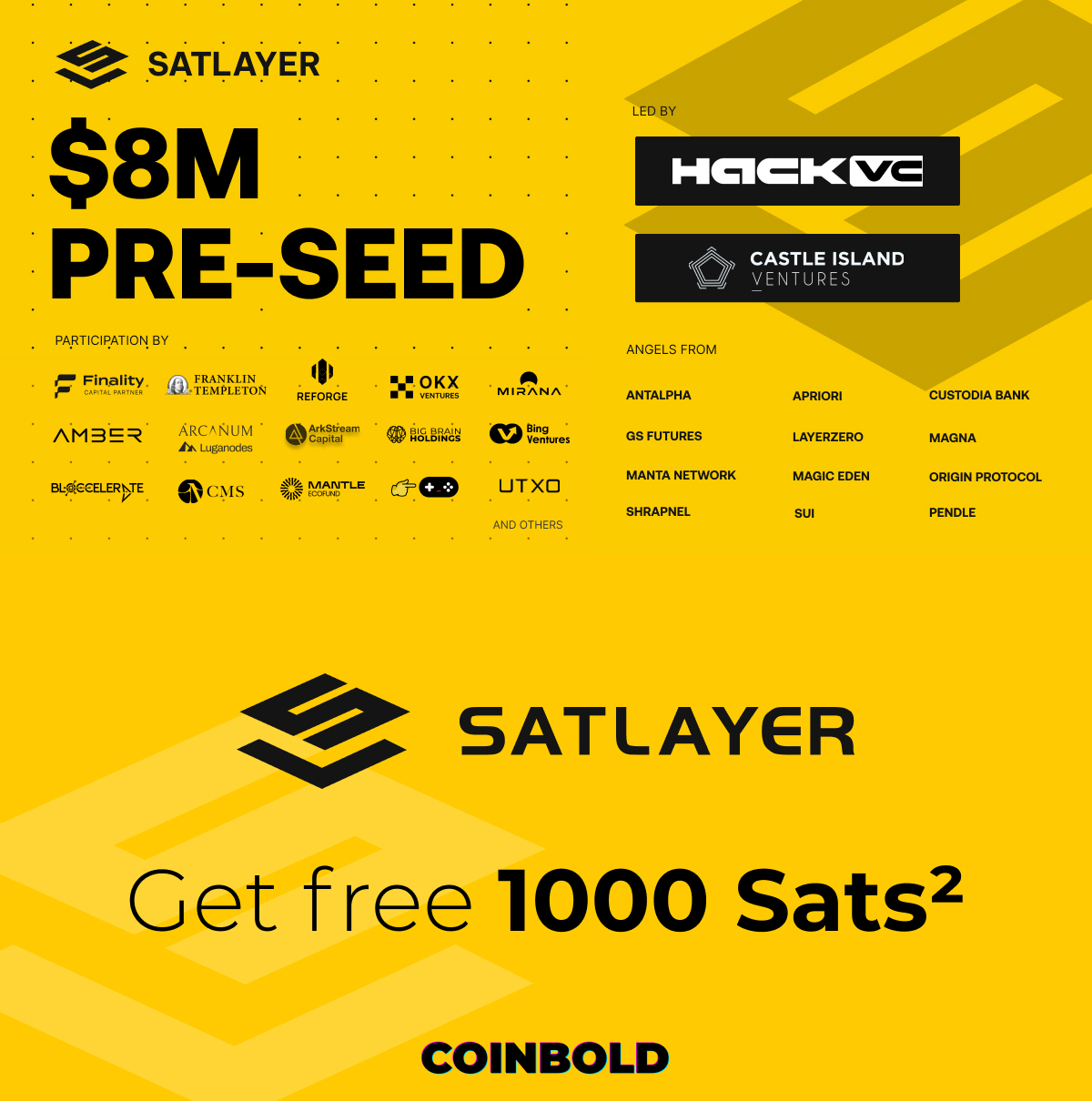In the rapidly evolving world of blockchain technology, LayerZero has emerged as a revolutionary cross-chain communication protocol. If you’re eager to dive into the intricacies of LayerZero and uncover its powerful insights, you’re in the right place. This article is your gateway to understanding the key facets of LayerZero, its potential impact, and the answers to your burning questions.
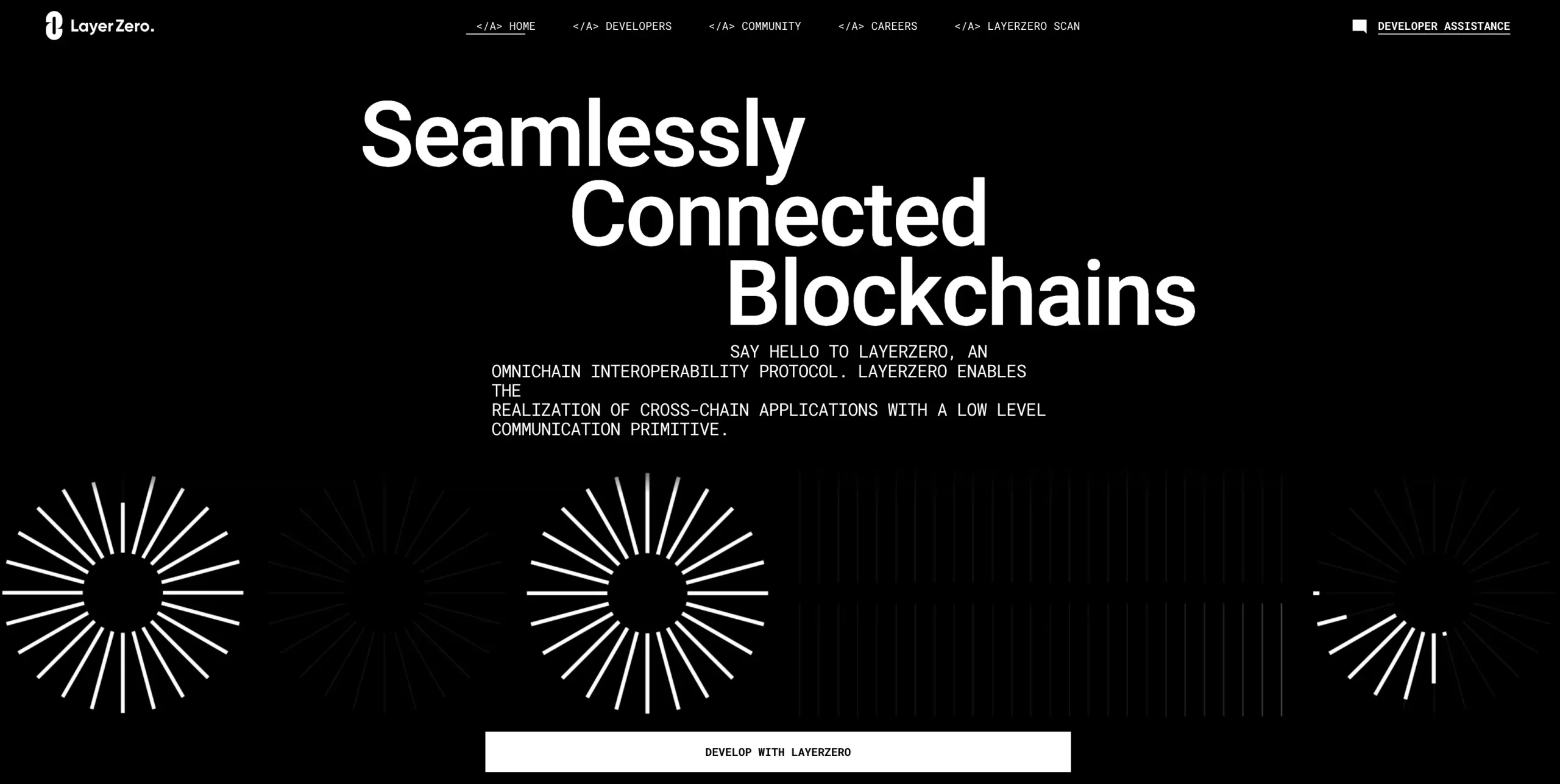
What is LayerZero?
LayerZero is a cross-chain communication protocol designed to streamline the seamless transfer of assets and data between diverse blockchain networks. In essence, this technology serves as a means to facilitate communication between different blockchains, enabling them to interact with each other seamlessly and effectively.
One of the key features of LayerZero is its implementation of zero-knowledge rollups. This innovative technology offers expedited and secure transactions while upholding the fundamental principle of decentralization. Zero-knowledge rollups facilitate a substantial decrease in transaction fees, thereby enabling LayerZero to offer a cost-efficient solution for cross-chain interactions.
LayerZero, despite being in its developmental stage, possesses the capability to fundamentally transform the manner in which blockchains engage with one another. The cutting-edge method this technology uses for cross-chain communication has the potential to break down the current barriers between various networks. This breakthrough could result in enhanced interoperability and foster greater collaboration within the blockchain ecosystem.
LayerZero offers users a highly efficient and user-centric experience for transferring assets or data between diverse blockchains. The implementation of this solution has the potential to significantly enhance the adoption and utilization of blockchain technology on a broader scale. By enhancing accessibility and convenience, it can attract a larger user base.
In essence, LayerZero is a cross-chain communication protocol that utilizes zero-knowledge rollups technology to facilitate efficient and secure transactions across diverse blockchains. Although still in the developmental stage, this technology holds the potential to significantly transform the blockchain industry by dismantling barriers between networks and enhancing interoperability.
How does LayerZero work?
LayerZero is a sophisticated cross-chain communication protocol designed to facilitate the seamless and secure transfer of assets and data across diverse blockchain networks. The system is constructed using an innovative technology known as “zero-knowledge rollups,” enabling efficient and secure transactions while maintaining decentralization.
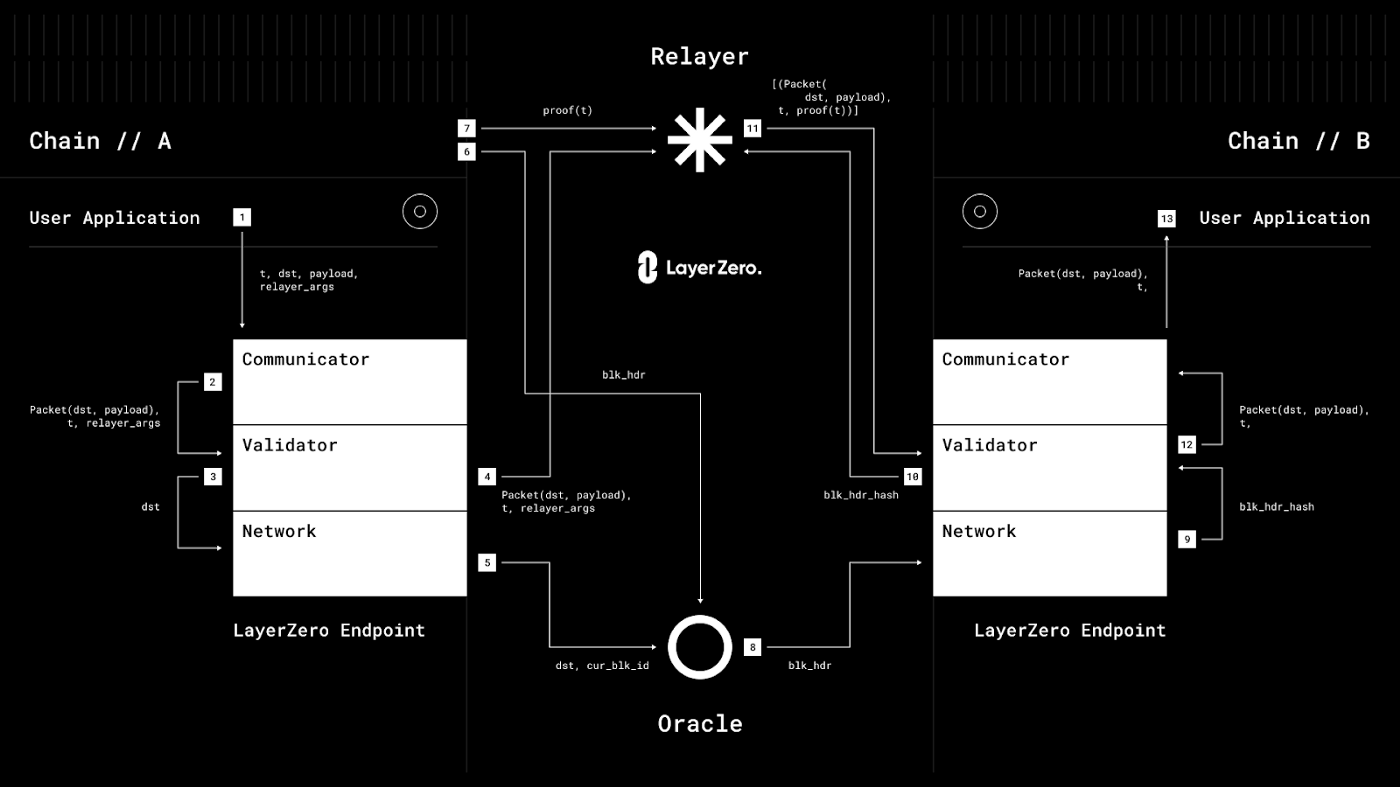
LayerZero employs a two-layer architecture:
- The initial layer comprises a decentralized exchange (DEX) that facilitates the seamless trading of assets across diverse blockchains.The decentralized exchange (DEX) operates on a non-custodial model, ensuring that users maintain full control over their assets throughout the entire process.
- The second layer comprises a network of nodes responsible for verifying transactions and upholding the network’s security.The nodes are motivated to actively engage in the network as they have the opportunity to earn fees by verifying transactions.
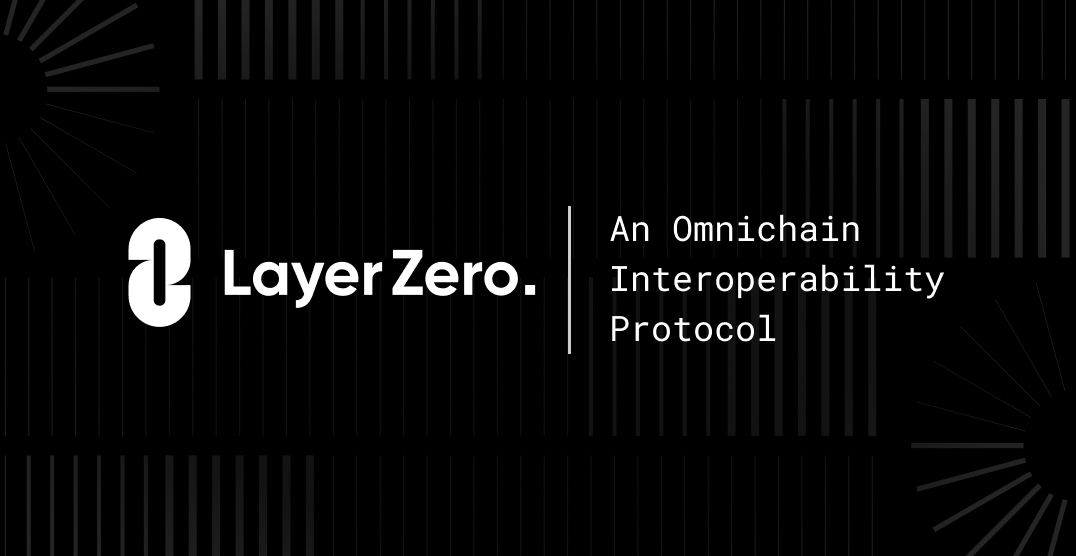
LayerZero leverages zero-knowledge rollups as a means to accomplish expedient and highly secure transactions. Zero-knowledge rollups are a form of Layer 2 scaling solution that consolidates multiple transactions and submits them to the blockchain as a unified transaction. This feature enables enhanced transaction speeds and reduced gas fees.
Allow me to provide you with a comprehensive overview of the operational principles of LayerZero:
- The user expresses their intention to initiate a cross-chain asset transfer.
- The user has initiated a transaction on the LayerZero decentralized exchange (DEX).
- The decentralized exchange (DEX) employs a zero-knowledge proof mechanism to validate the ownership of the asset being transferred by the user.
- The decentralized exchange (DEX) submits the zero-knowledge proof to the LayerZero network.
- The nodes within the LayerZero network are responsible for the verification of the zero-knowledge proof.
- If the zero-knowledge proof is deemed valid, the nodes proceed to transfer the asset from one blockchain to the other.
Benefits of LayerZero
LayerZero offers numerous advantages in facilitating cross-chain communication, serving as a robust protocol that ensures the secure and efficient transfer of assets and data across diverse blockchains. Here are several significant advantages:
- LayerZero leverages zero-knowledge rollups to ensure the expeditious and secure execution of transactions. This feature renders it a favorable option for applications that necessitate robust throughput and stringent security measures, such as decentralized finance (DeFi) and gaming.
- LayerZero boasts cross-chain compatibility, supporting a diverse array of blockchains such as Ethereum, Solana, and Avalanche. This feature renders it a favorable option for applications seeking to facilitate compatibility with various blockchains.
- Scalability: LayerZero has been meticulously designed to possess the ability to scale effectively, enabling it to efficiently handle a substantial volume of transactions while maintaining optimal performance levels. This feature renders it a favorable option for applications that anticipate a high volume of traffic.
- Decentralization: LayerZero operates as a decentralized protocol, ensuring that it remains independent of any singular governing entity. This feature renders it a favorable option for applications that necessitate a significant level of trustlessness.
- Efficiency: LayerZero offers a superior approach for transferring assets and data between blockchains compared to conventional methods. This feature has the potential to reduce expenses related to gas fees and enhance the overall user experience.
- Ease of Use: LayerZero has been meticulously designed to provide a user-friendly experience, ensuring that even developers who may not possess prior knowledge of cross-chain technology can easily navigate and utilize its functionalities. This feature makes it an excellent option for developers seeking to create applications that facilitate cross-chain functionality.
In general, LayerZero exhibits promising attributes as a novel technology that holds the capacity to fundamentally transform cross-chain interoperability. The project is currently in the development phase, however, it has already garnered significant interest from the blockchain community.
Applications of LayerZero
LayerZero is a sophisticated cross-chain communication protocol designed to facilitate the secure and efficient transfer of assets and data across diverse blockchains. The platform is constructed using an innovative technology known as “zero-knowledge rollups,” which enables efficient and secure transactions while maintaining decentralization.
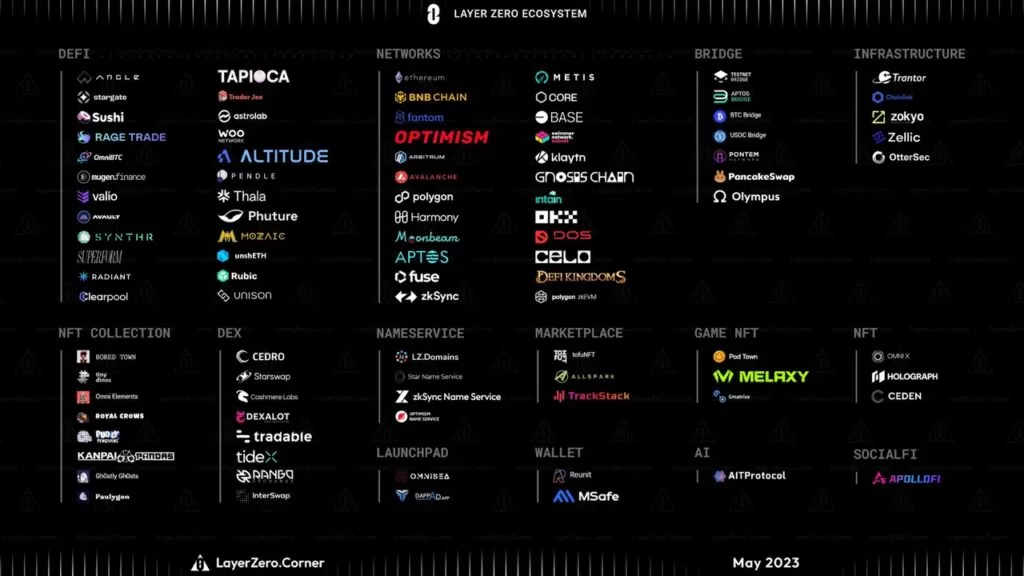
Below are several potential applications of LayerZero:
- Decentralized finance (DeFi): LayerZero can be used to enable cross-chain DeFi applications, such as lending, borrowing, and trading. This could allow users to access liquidity and services across different blockchains, which would make DeFi more accessible and interoperable.
- NFTs: LayerZero can be used to facilitate the transfer of NFTs between different blockchains. This could make it easier for users to trade and collect NFTs, and it could also open up new possibilities for NFT-based applications.
- Gaming: LayerZero can be used to create cross-chain games that allow players to interact with each other and share assets. This could create new gaming experiences and it could also help to grow the gaming industry.
- Web3: LayerZero can be used to build a more interoperable and decentralized web3. This could make it easier for users to access and use decentralized applications, and it could also help to grow the web3 ecosystem.
Overall, LayerZero has the potential to revolutionize the way that blockchains interact with each other. It could be used to create new applications and services that are not possible today.
Dapps built on LayerZero
| Dapp name | Description |
|---|---|
| Stargate Finance | A cross-chain liquidity protocol that uses LayerZero to connect different blockchains, including Ethereum, Solana, and Avalanche. This allows users to access liquidity across different blockchains, which can save them money on gas fees. |
| Angle | A cross-chain bridge that uses LayerZero to transfer assets between different blockchains. This makes it easy for users to move their assets between blockchains, and it can also be used to support cross-chain DeFi applications. |
| Radiant | A cross-chain derivatives protocol that uses LayerZero to trade derivatives across different blockchains. This allows users to trade derivatives on a wider range of assets, and it can also help to improve liquidity in the derivatives market. |
| Anyswap | A cross-chain bridge that uses a relayer protocol to connect blockchains. Anyswap is currently working on integrating LayerZero to improve the performance and security of its cross-chain bridge. |
| THORChain | A cross-chain liquidity pool that uses a decentralized swap protocol to connect blockchains. THORChain is also working on integrating LayerZero to improve the performance and security of its cross-chain liquidity pool. |
| Interlay | A project that is building a cross-chain bridge that uses the renBTC protocol to connect Bitcoin to other blockchains. Interlay is also working on integrating LayerZero to improve the performance and security of its cross-chain bridge. |
These are just a few examples of how LayerZero is being used today. As the technology continues to develop, we can expect to see even more innovative applications of LayerZero in the future.
LayerZero Team
Please find below a list of the prominent individuals comprising the LayerZero team:
- Bryan Pellegrino: CEO and co-founder of LayerZero. He is a serial entrepreneur with experience in the blockchain industry. He previously co-founded the company Connext, which is also a cross-chain communication protocol.
- Caleb Banister: CTO and co-founder of LayerZero. He is a software engineer with experience in building high-performance distributed systems. He previously worked at Google and Microsoft.
- Ryan Zarick: COO and co-founder of LayerZero. He is a business development executive with experience in the blockchain industry. He previously worked at ConsenSys and Blockstream.
- Ari Juels: Chief Scientist and Advisor. He is a professor of computer science at Cornell University and a renowned expert in cryptography and security. He is also the co-founder of several companies, including CertiK and One World Labs.
- Daniel P. Griffith: Advisor. He is a partner at the law firm Cooley LLP and an expert in blockchain and cryptocurrency law. He is also the co-author of the book “Blockchain Law: The Law of Digital Currency, Smart Contracts, Decentralized Applications, and More.”
- Nathan Gettings: Advisor. He is the co-founder of the company Recursive Capital and an expert in decentralized finance. He is also the author of the book “The State of DeFi: A Comprehensive Guide to Decentralized Finance.”
The LayerZero team comprises seasoned engineers and entrepreneurs who have previously worked at prominent companies like Google, Microsoft, and ConsenSys.
LayerZero vs. ZkSync: Which is better?
LayerZero and ZkSync are two cross-chain communication protocols that leverage zero-knowledge rollups in order to attain seamless interoperability. Both projects possess distinct advantages and disadvantages.
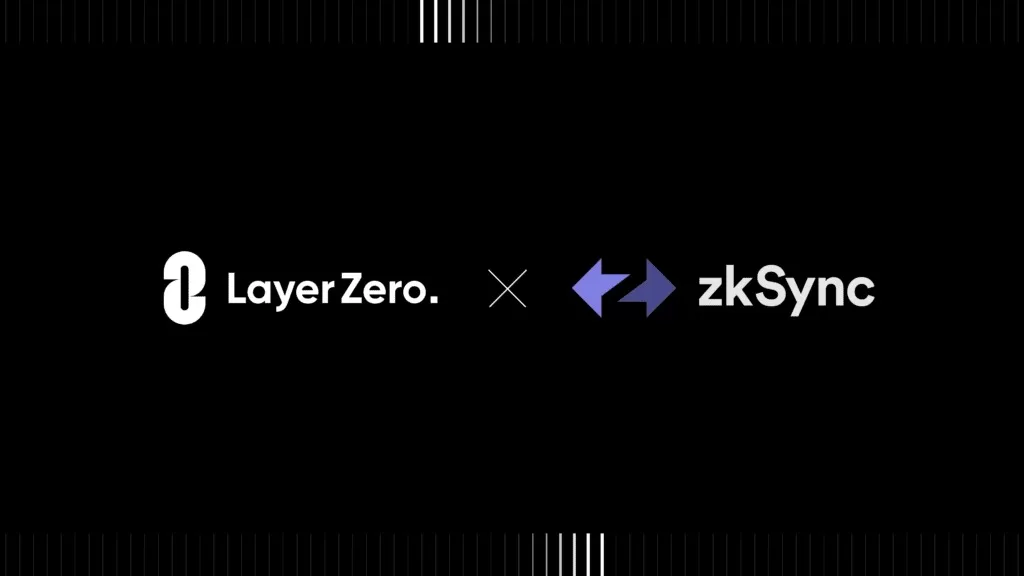
LayerZero
- Advantages:
- High performance: LayerZero uses zero-knowledge rollups to reduce the size of transactions, making them faster and more efficient.
- Security: LayerZero uses zero-knowledge proofs to ensure that transactions are accurate and cannot be tampered with.
- Scalability: LayerZero can be scaled to support more blockchains and transactions.
- Disadvantages:
- Liquidity: LayerZero is still under development and does not yet have many applications built on it. This could lead to low liquidity for assets traded on LayerZero.
ZkSync
- Advantages:
- Liquidity: ZkSync is a deployed project with many applications built on it. This leads to high liquidity for assets traded on ZkSync.
- Compatibility: ZkSync can interact with Ethereum applications through smart contracts. This makes it easy for Ethereum applications to integrate cross-chain interoperability.
- Disadvantages:
- Performance: ZkSync is not as fast as LayerZero due to having to process more complex transactions.
- Security: ZkSync uses a different type of zero-knowledge proof than LayerZero. This type of zero-knowledge proof can be attacked if too many users try to participate in the same transaction.
Overall comparison
| Feature | LayerZero | ZkSync |
|---|---|---|
| Technology | Zero-knowledge rollups | Zero-knowledge rollups |
| Performance | High | Medium |
| Security | High | High |
| Scalability | High | High |
| Liquidity | Medium | High |
| Cost | Medium | Medium |
| Complexity | Medium | High |
| Compatibility | High | High |
Conclusion
LayerZero and ZkSync are two cross-chain projects that show promise, each with their own unique set of strengths and weaknesses. LayerZero offers superior performance and enhanced security features, albeit with comparatively reduced liquidity. ZkSync offers enhanced liquidity and compatibility with Ethereum applications, albeit with comparatively lower performance.
Ultimately, the selection of the most suitable project will be contingent upon your individual requirements. If you require a project that prioritizes both high performance and security, LayerZero would be a more suitable option. If you are seeking a project that offers robust liquidity and seamless integration with Ethereum applications, ZkSync would be a more advantageous option.
Additional comparisons
Here are some additional comparisons between LayerZero and ZkSync:
- Security model: LayerZero uses zero-knowledge proofs to protect the security of transactions. ZkSync uses a different type of zero-knowledge proof that can be attacked if too many users try to participate in the same transaction.
- Compatibility: LayerZero is compatible with blockchains that use zero-knowledge rollups. ZkSync is compatible with blockchains that use programming languages similar to Ethereum.
- Deployment speed: LayerZero is still under development, while ZkSync has been deployed and is running smoothly.
Recommendation
Both LayerZero and ZkSync are promising cross-chain projects with their own strengths and weaknesses. LayerZero is a better choice for projects that need high performance and security, while ZkSync is a better choice for projects that need high liquidity and compatibility with Ethereum applications.
Future of LayerZero
The future outlook for LayerZero appears to be promising. This emerging technology shows great promise in revolutionizing cross-chain interoperability. The following are several factors that may contribute to the future success of LayerZero:
- Growing demand for cross-chain interoperability: As the blockchain ecosystem continues to grow, there is a growing demand for cross-chain interoperability. LayerZero can help address this demand by providing a secure and efficient way to transfer assets and data between different blockchains.
- Advances in zero-knowledge rollups: Zero-knowledge rollups are a key technology that makes LayerZero possible. As the technology continues to advance, it will become even more efficient and scalable. This will make LayerZero more attractive to developers and users.
- Increased adoption by DeFi and gaming projects: A number of DeFi and gaming projects already use LayerZero. As these projects continue to grow, they will need a secure and efficient way to transfer assets and data between different blockchains. This will drive demand for LayerZero.
- Support from major blockchains: LayerZero is already supported by a number of major blockchains, including Ethereum, Solana, and Avalanche. This support will help to ensure that LayerZero is interoperable with a wide range of blockchains.
In general, the outlook for LayerZero appears to be promising. This emerging technology shows great promise in transforming cross-chain interoperability and has the potential to bring about a significant revolution in this field. With the ongoing expansion of the blockchain ecosystem, LayerZero is strategically positioned to emerge as a prominent participant in the cross-chain interoperability sector.
Here are several specific examples illustrating potential applications of LayerZero in the future:
- Cross-chain DeFi: LayerZero could be used to create a truly decentralized financial system that spans multiple blockchains. This would allow users to access liquidity and services across different blockchains, which would make DeFi more accessible and interoperable.
- NFT trading: LayerZero could be used to create a more efficient and secure way to trade NFTs. This would make it easier for users to trade and collect NFTs, and it could also open up new possibilities for NFT-based applications.
- Cross-chain gaming: LayerZero could be used to create cross-chain games that allow players to interact with each other and share assets. This could create new gaming experiences and it could also help to grow the gaming industry.
- Web3: LayerZero could be used to build a more interoperable and decentralized web3. This could make it easier for users to access and use decentralized applications, and it could also help to grow the web3 ecosystem.
Here are a few illustrative instances showcasing potential future applications of LayerZero. With the ongoing advancement of technology, it is anticipated that LayerZero will be utilized in increasingly inventive ways.
* Use the LayerZero tag to read information related to the project on Coinbold

